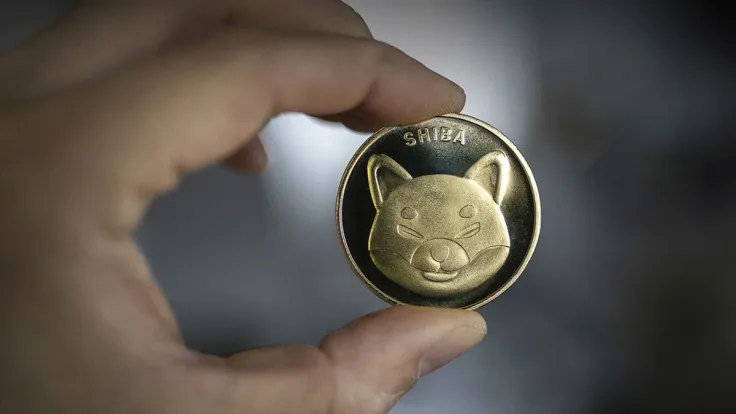
Disclaimer: The opinions expressed by our writers are their own and do not represent the views of U.Today. The financial and market information provided on U.Today is intended for informational purposes only. U.Today is not liable for any financial losses incurred while trading cryptocurrencies. Conduct your own research by contacting financial experts before making any investment decisions. We believe that all content is accurate as of the date of publication, but certain offers mentioned may no longer be available.
Shiba Inu, the prominent meme token, has seen a significant shift in its trading behavior as the percentage of long-term holders on the network reached 65%, while the percentage of short-term holders dropped to 4%. This indicates that traders have become more conservative in their approach to SHIB, with a higher percentage of holders opting to hold the token for the long term rather than engaging in short-term trades.
The shift in trading behavior comes amid a downward trend in the price of SHIB. Based on previous articles by U.Today, we know that the price of SHIB has reversed from its local high and returned to the price level we saw back at the beginning of February. This has resulted in a drop in network activity and a stagnating burn rate, which are bearish signs for the token.
However, despite the drop in price, a significant percentage of SHIB holders remain committed to the token. The long-term holder percentage reaching 65% suggests that these holders believe in the long-term potential of the project and are willing to hold onto their SHIB tokens through the current downturn.
It remains to be seen whether this shift in trading behavior will have a positive or negative impact on the price of SHIB. While a higher percentage of long-term holders is generally seen as a positive sign for a project, the drop in short-term holders could also be seen as a lack of interest from traders who would typically drive volatility in the market.
As we mentioned earlier, the lack of drivers for assets like Shiba Inu that are not tied to any trending areas of the crypto industry, including ordinals and ZK rollups, could be contributing to the stagnating burn rate.

 Dan Burgin
Dan Burgin Vladislav Sopov
Vladislav Sopov U.Today Editorial Team
U.Today Editorial Team